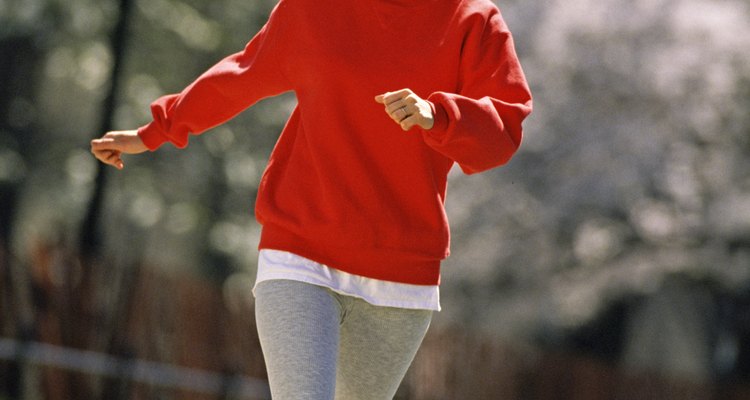
Jupiterimages/liquidlibrary/Getty Images
Rocker-sole sneakers are designed primarily in aiding those with foot and toe pain by removing the impact normally imparted to the heel and joints. Other types of rocker-sole sneakers are designed to simulate walking on unstable surfaces, aiding in leg and core muscle development. Although useful in some cases, these shoes are not a panacea for foot problems or replacements for fitness machines. Additionally, some do not adapt well to the unstable nature of some of these shoes, potentially contributing to injury.
Stable
Stable rocker-soled shoes do not have to many drawbacks, at least in terms of safety. The sole's propensity to propel the wearer forward during the stride may require a small learning curve to adapt to. However, these shoes by design offer excellent lateral stability. Therefore, people that pronate while walking benefit greatly from this design, in addition to the postural and muscle-toning side effects from wearing them.
Unstable
Unstable rockers have the benefit of forcing wearers to control the motion of their feet and body. This constant balancing act tones and strengthens legs, glutes and core muscles. However, this slightly uncontrolled action is not ideal for those with poor balance or general lower-body weakness, as this instability may cause falls. Additionally, anyone suffering from vertigo, dizziness or inner-ear ailments may find that unstable rocker-soled shoes cause more problems than they solve.
Training Aid
Many people buy shoes based on looks and general feel. Rocker-soled shoes are effectively training equipment, as simply the act of wearing them forces wearers to work harder. This is especially true on stair climbing machines, elliptical riders and equipment where knees and hips are traditionally strained. In addition to going easier on these areas, rockers force wearers' muscles into taking additional action to provide basic stability. The result is a greater workout with less pain afterwards.
Compensation Injuries
As people get older, the need for corrective remedies for various ailments increases. However, the body, over time, learns to distribute weight and impact in certain ways, depending on how the rest of the body is structured. Rocker shoes alter the way the foot rests when walking or standing, resulting in other parts of the body compensating for the shift in weight distribution. Depending on the overall age, joint condition or muscular structure of the wearer, this overcompensation can result in tendonitis or other muscle strains. For this reason, many insist on treating rockered shoes as an orthotic, requiring a doctor's examination and recommendation.
Related Articles

How to Make Steel-Toe Shoes Comfortable
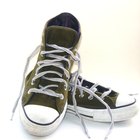
The Differences in Men & Women's Shoes
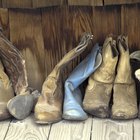
Materials Used to Make Shoes
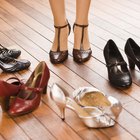
What Are the Benefits of High Heel ...
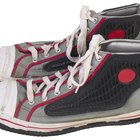
Low Vs. High-Top Athletic Shoes
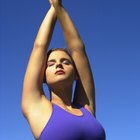
The Advantages of Racerback Bras

The History of Steel Toe Boots
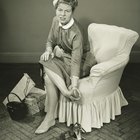
How to Break in Man-Made-Leather Shoes
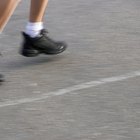
Characteristics of Good Running Shoes

How to Repair Keen Shoes
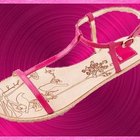
The Effects of Wearing Flat Shoes

How to Glue Shoe Inserts
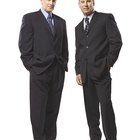
The Differences Between Regular and ...

What Is the Difference Between a Narrow ...

Shoes That Elongate the Leg

The Definition of Non-Cognitive Skills
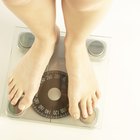
The Best Cushioned Shoes for Overweight ...

Internal Bruises on the Inner Knee From ...

How to Stop Crocs From Making Noise

What Does Shoe Width E, EE, D, and DD ...
References
Writer Bio
David Lipscomb is a professional writer and public relations practitioner. Lipscomb brings more than a decade of experience in the consumer electronics and advertising industries. Lipscomb holds a degree in public relations from Webster University.
Photo Credits
Jupiterimages/liquidlibrary/Getty Images